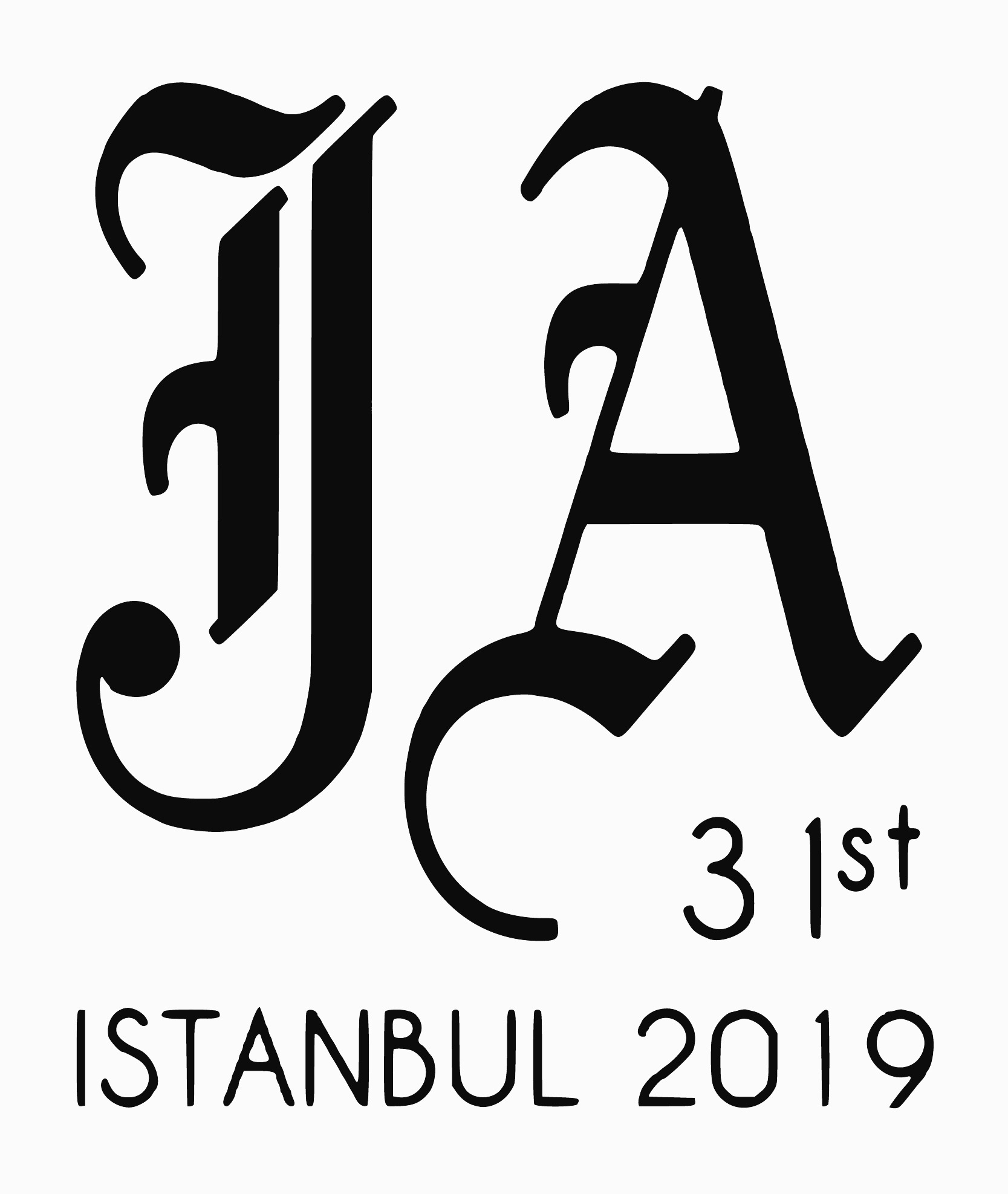
Boğaziçi Üniversitesi Diferansiyel Geometri Seminerleri
Plateau problem for minimal surfaces in differential geometry
Mustafa Kalafat
Rheinische Friedrich-Wilhelms-Universität Bonn, Almanya
Plateau problem can be stated as follows: Given an (n−1)-manifold(surface) as a boundary in an (n+k)-manifold, find an n-surface that is bounded by that boundary and has minimal area. The problem was first posed by Lagrange in 1760, and named after the Belgian Physicist Joseph Plateau, who studied soap films and observed several laws of their geometric properties.
Depending on the conditions we impose on the boundary and enclosing surface, the ambient manifold M, the codimension k and the interpretation of ”bounded by Γ”, we have variants of the Plateau problem. In this talk we are mainly focused on the oriented codimension one Plateau problem: Given a closed oriented immersed (n−1)-surface in the Euclidean (n+1)-space, find a oriented bounding surface which has minimal area among other candidates. To better understand the bounding condition, consider the following example. Take two parallel circles in R3 that are closed to each other. The oriented solution will be a catenoid if the two components are equipped with different orientations, and two disks if the two components are given the same orientation. Also, we know from the example that the oriented solution may not be minimizing among all surfaces that span.
To solve the Plateau problem, one wants to take a minimizing sequence of surfaces Σi, and hope that Σi converges to some minimal surface Σ. However, in general we do not have convergence as the area bound is not strong enough to control the surface. In the same spirit as the weak solution of a PDE, we want to find a space of ”weak manifolds” in which a notion of ”mass” is defined, and has nice functional analysis properties:
1. The space has good compactness property, so for a mass-minimizing sequence Σi, we can find a convergent subsequence.
2. The mass functional is lower semicontinuous, so the limit is minimizing.
3. The ”weak solution” generated above is actually regularity, thus a ”classical solution”.
In 1960, Federer and Fleming came up with a very powerful setting, called integral currents, which is suitable for the discussion of the oriented Plateau problem.
We will be using the following resources.
References:
-
Jenny Harrison and Harrison Pugh. “Plateau’s Problem: What’s Next”. In:(2016). arXiv: 1509.03797v2.
-
Leon Simon - Geometric Measure Theory.
Stanford Univ. lecture notes. - James Simons. - Minimal varieties in riemannian manifolds.
Ann. of Math. (2), 88:62–105, 1968.
